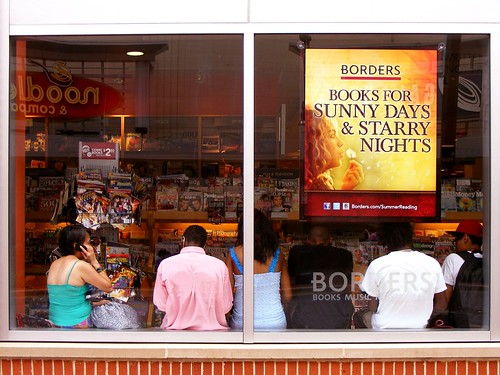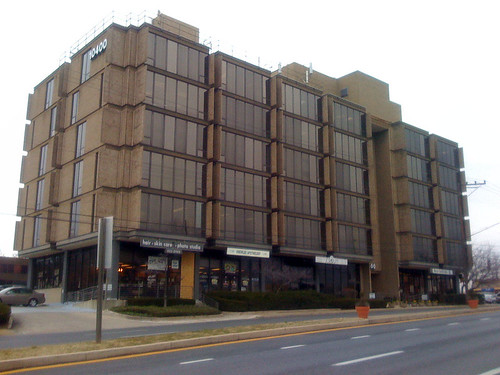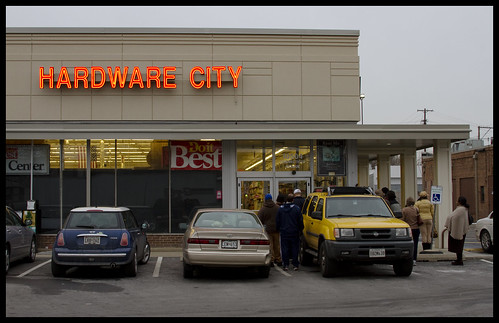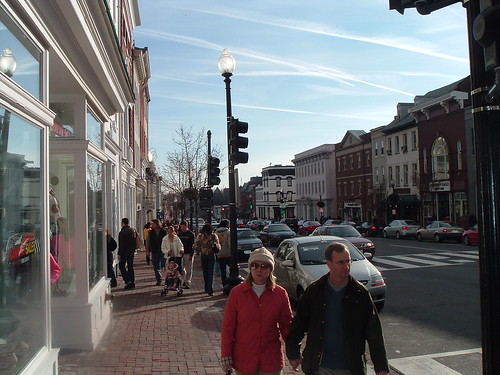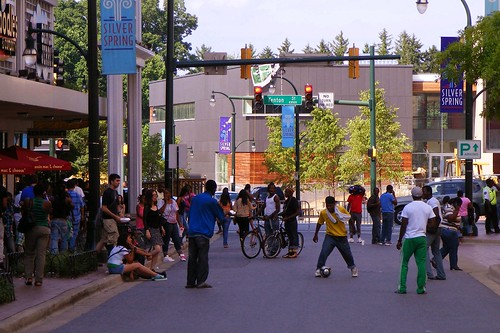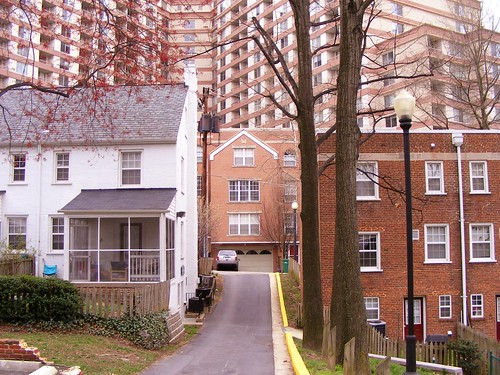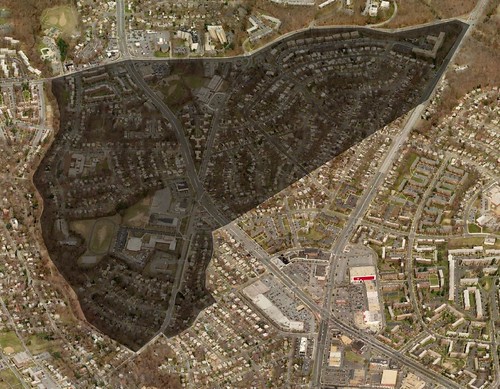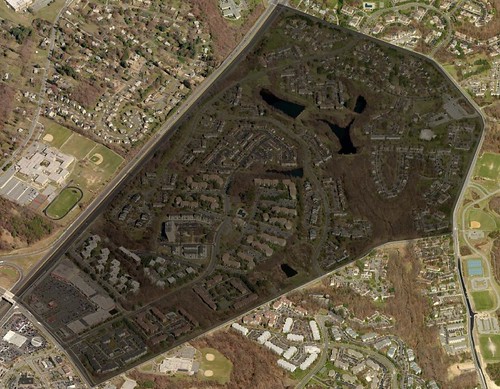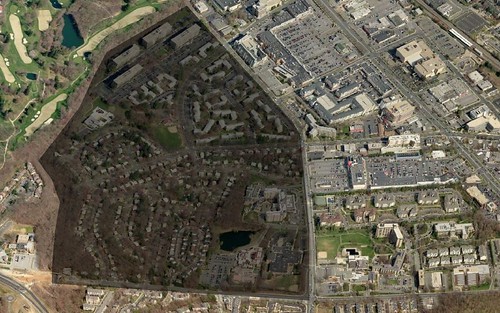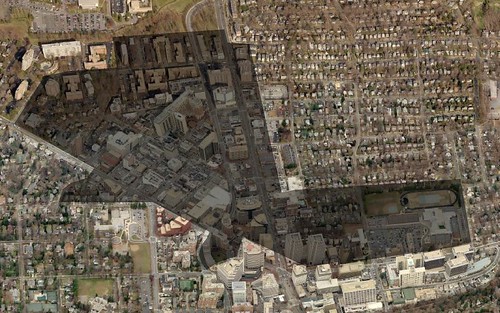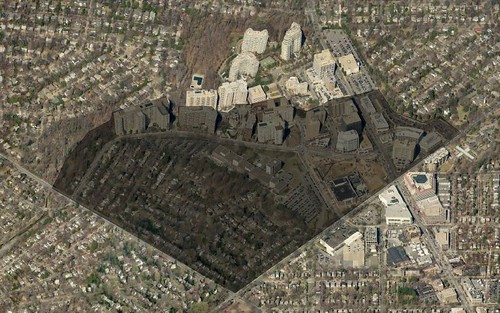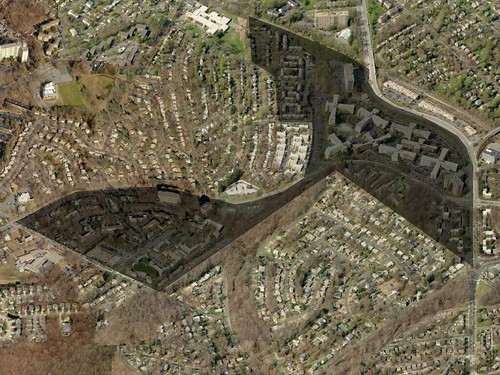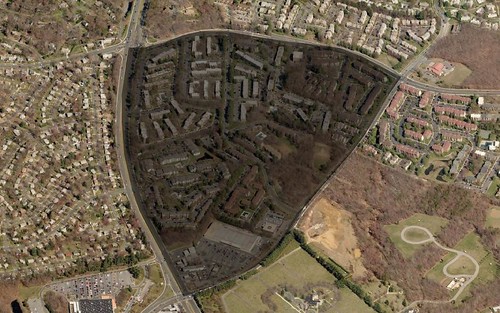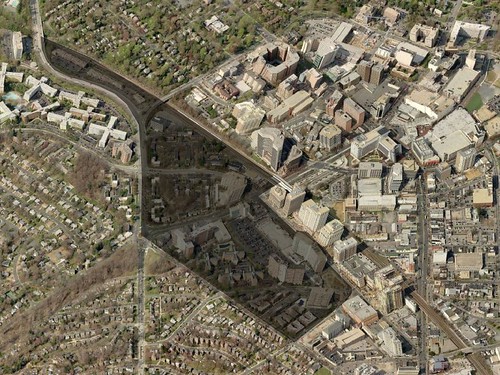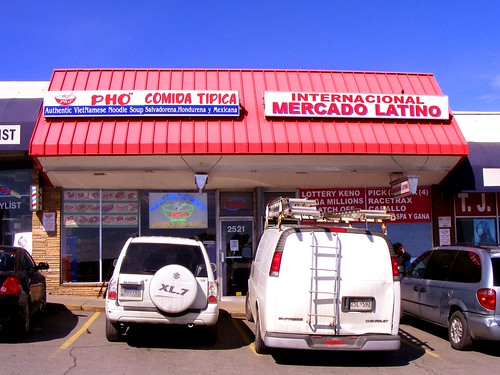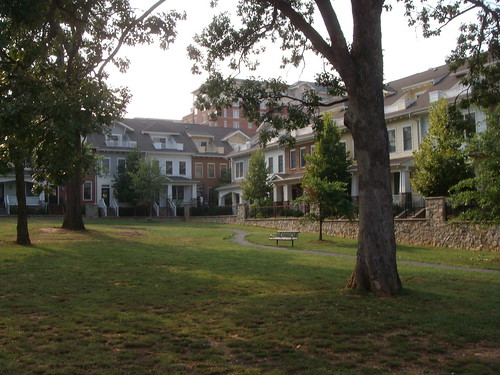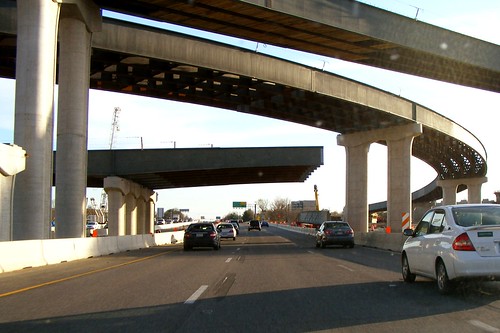
After fifty years of debate, the first phase of the InterCounty Connector finally opens to traffic today. Though I spend a lot of time on this blog writing about public transit or bicycling or walking, it's hard not to be excited about the ICC. Dr. Gridlock drove back and forth on the highway several times this morning and revealed that it takes just six minutes to get from Shady Grove to Norbeck.
Six minutes! That sounds revolutionary, and for people who travel across the county for work (as I did last year), it is revolutionary. Even if traffic doesn't always move this fast on the InterCounty Connector, it's possible to see how the road will change the way we perceive places in Montgomery County. Suddenly, trips that seemed very far will become a lot shorter, and you can imagine people making different choices about where to live or work than they would have before the road opened. That should benefit East County, which hasn't always shared in Bethesda or Rockville's prosperity because of a lack of good connections.
Any good transportation project should make that possible. Much of the justification for the Purple Line, whose opening we'll hopefully celebrate within the next few years, is that it will bring places that currently feel far apart, like Silver Spring and Bethesda, closer together. The difference is that a highway can collapse much longer distances, which is either a good thing or a bad thing depending on how you look at it. After all, one of the ICC's touted benefits was that it would make it easier to travel from upper Montgomery County to BWI. But do we want people regularly commuting from Germantown to Baltimore? Wouldn't that make traffic throughout the state, not just on the ICC, much worse?
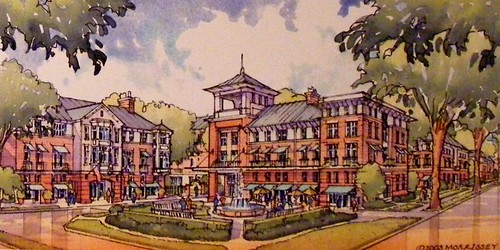 The ICC could bring new development, like the proposed LifeSci Village in Calverton, to East County.
The ICC could bring new development, like the proposed LifeSci Village in Calverton, to East County.Groups like the Sierra Club say it will cause suburban sprawl, but I wonder how much outward development the highway will cause when the area it runs through is largely built out. After all, entire neighborhoods have been built either next to or around the highway's right-of-way. Where the road's original route was shifted, dozens of homes had to be bought and razed.
Of course, there's still lots of potential to build around the ICC - at Konterra in Laurel, Aventiene in Gaithersburg and even a housing development where the highway crosses Norbeck Road. But it could also help revitalize Burtonsville's village center or bring offices and shops around the FDA in White Oak.
Either way, I'm looking forward to taking the highway for the first time when I come home this weekend. If you're curious to see it on a map, you're out of luck: so far, the only online map that has the ICC on it is OpenStreetMap, the Wikipedia of travel. Also, you can check out live feeds from traffic cameras along the highway, courtesy of the State Highway Administration.


